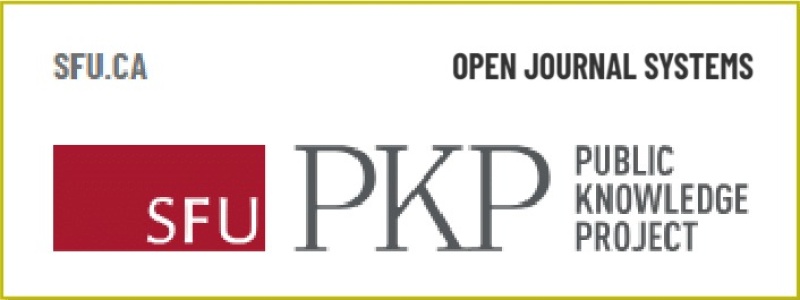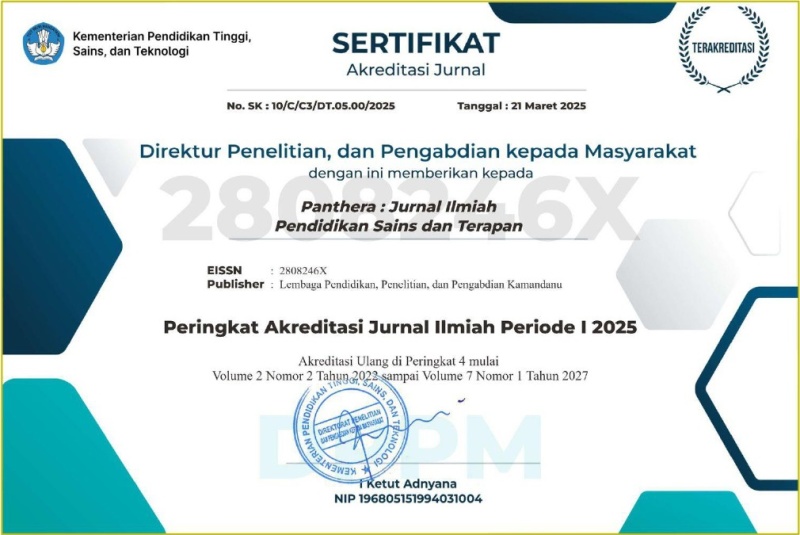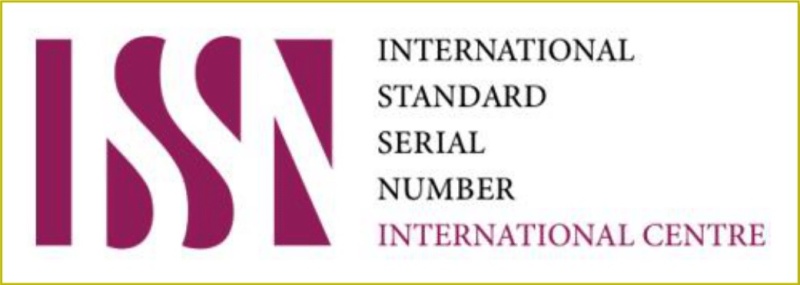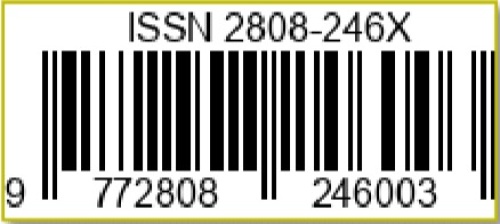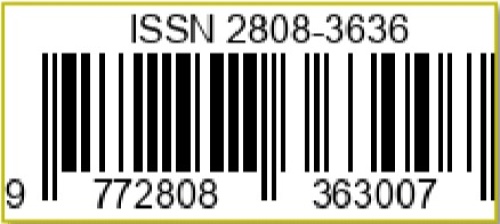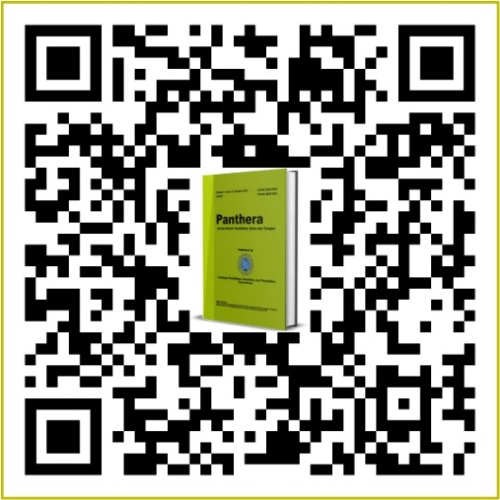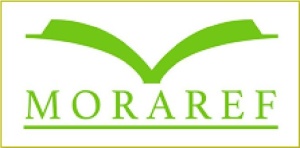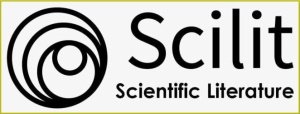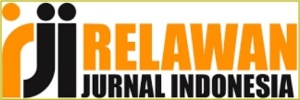Analisis Kualitas Sumber Air Minum (Air Sumur) Masyarakat di Kecamatan Kota Raja Kota Kupang Berdasarkan Jumlah Bakteri Escherichia coli
DOI:
https://doi.org/10.36312/pjipst.v2i3.81Keywords:
Escherichia coli Bacteria, Well Water.Abstract
Water is an essential material in life. There is not a living being in this world that does not need and does not contain water. Living cells, both plant and animal, are mostly composed of water, such as in plant cells containing more than 75% or in animal cells containing more than 67%. Research has been carried out on “Analysis of the quality of drinking water sources (well water) for the people of Kota Raja District, Kupang City based on the number of Escherichia coli bacteria. In Kota Raja District, Kupang City, there are 8 villages, namely: Airnona Village, Bakunase Village, Bakunase II Village, Fontein Village, Kuanino Village, Naikoten I Village, Naikoten II Village, and Nunleu Village. Escherichia coli bacteria were used as well water quality parameters. This study aims to determine the quality of drinking water sources based on PERMENKES RI No. 907 of 2002. Water samples were taken from community wells in 8 sub-districts of Kota Raja District, Kupang City. Based on the results of observations using a pH meter, it shows that the well water in the 8 sub-districts has a pH of 7 and 7 where Escherichia coli bacteria live so that the well water in these 8 villages is positive for Escherichia coli bacteria in every 100 ml of well water tested based on this analysis. it can be concluded that the quality of well water in 8 urban villages in Kota Raja Subdistrict, Kupang City in terms of microbiological aspects does not meet the water quality requirements because the wells are not hygienic because the location around the well is used as a place for bathing and washing, adjacent to toilets, sewers and garbage dumps, so the well water can be contaminated with fecal matter.
Downloads
References
Arikunto, S. (2006). Prosedur Penelitian (Suatu Pendekatan Praktik). Jakarta: PT. Rineka Cipta.
Departemen Kesehatan. (1994). Pedoman Pencatatan Kegiatan Pelayanan Rumah Sakit di Indonesia. Jakarta: Departemen Kesehatan Republik Indonesia.
Environmental Protection Agency. (1991). Methods for Measuring the Acute Toxicity of Effluents and Receiving Waters to Freshwater and Marine Organism: 4th Edition. Pennsylvania: Environmental Protection Agency.
Fardiaz, S. (1993). Analisis Mikrobiologi Pangan. Jakarta: PT. Raja Grafindo Persada.
Hujjatusnaini. (2009). Kajian tentang Kualitas Mikrobiologi Berdasarkan Nilai MPN Coliform dan Total Koloni Escherichia coli, Kualitas Fisik dan Kualitas Kimia Air Minum Isi Ulang di Kota Palangkaraya sebagai Bahan Penunjang Praktikum Mikrobiologi. Tesis. Universitas Negeri Malang.
Irawati. (1998). Keterkaitan Antara Faktor Sosial, Faktor Ekonomi, Faktor Budaya, Pengetahuan, dan Sikap dengan Manifestasi Perilaku Ibu-ibu Rumah Tangga dalam Pengelolaan Sampah Rumah Tangga di Kotamadya Surabaya. Disertasi. Universitas Negeri Malang.
Singarimbun, M., & Effendi, S. (2006). Metode Penelitian Survei (Edisi Revisi). Padang: Pustaka LP3ES Indonesia.
Sugiyono. (2007). Statistik untuk Penelitian. Bandung: CV. Alfabeta.
Suriawiria, U. (2003). Mikrobiologi Air, Dasar Pengelolaan Buangan Secara Biologis. Bandung: Alumni.
Winasari, K., Endriani, R., & Chandra, F. (2015). Uji Bakteriologis Air Minum pada Mata Air Bukit Sikumbang Desa Pulau Sarak Kecamatan Kampar. JOM FK, 2(2), 1-7.
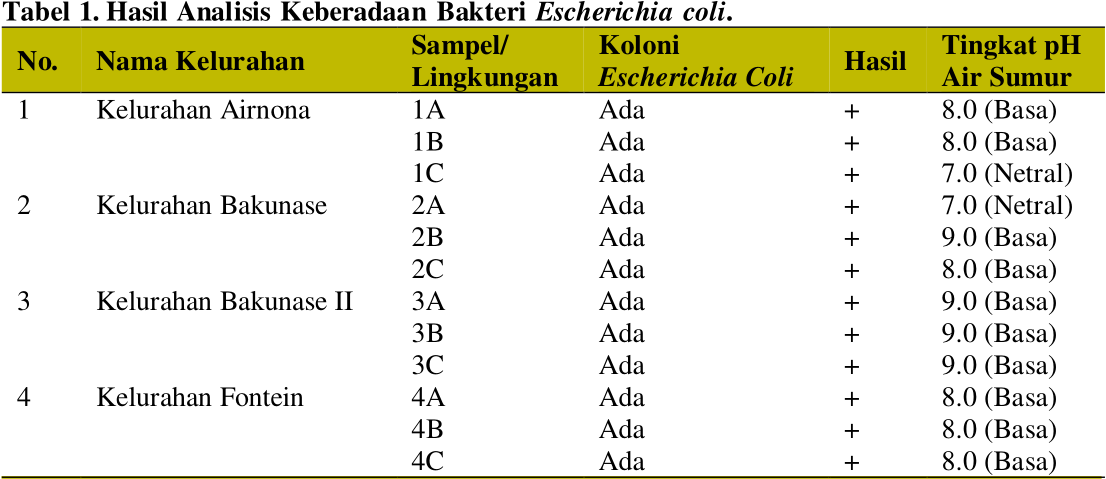
Downloads
Published
How to Cite
Issue
Section
License
Copyright (c) 2022 Agusanaterny & Seprianus Fahira

This work is licensed under a Creative Commons Attribution-ShareAlike 4.0 International License.
-
Attribution — You must give appropriate credit, provide a link to the license, and indicate if changes were made. You may do so in any reasonable manner, but not in any way that suggests the licensor endorses you or your use.
-
ShareAlike — If you remix, transform, or build upon the material, you must distribute your contributions under the same license as the original.

